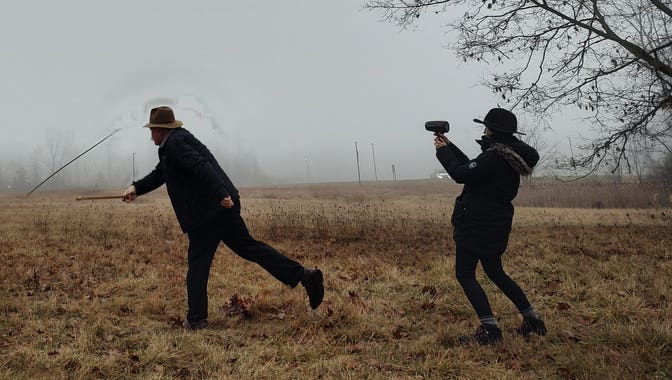Medieval and Viking-Age artifacts discovered in Norway - Medievalists.net (www.medievalists.net)
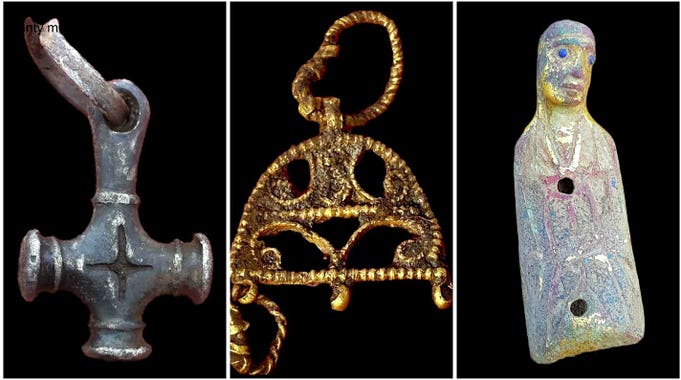
This magazine is from a federated server and may be incomplete. Browse more on the original instance.


A mathematical relationship forever linked with Pythagoras has been discovered on a 3700-year-old Babylonian clay tablet, revealing this foundational geometric principle was known 1000 years before Pythagoras lived. (Felton, 2022)...


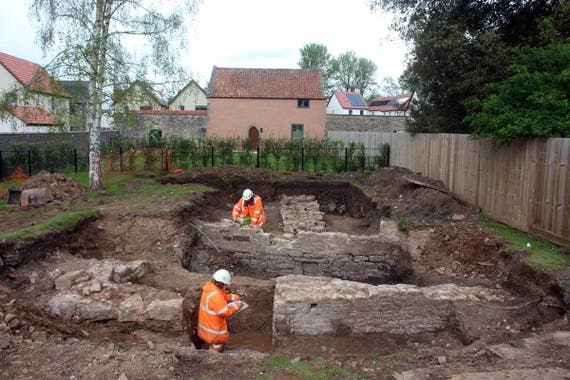
A psychological phenomenon where people see meaningful forms in random patterns, such as seeing faces in clouds, may have stimulated early humans to make cave art.

An excavation in Turkey has brought to light an unknown Indo-European language. Professor Daniel Schwemer, an expert for the ancient Near East, is involved in investigating the discovery.

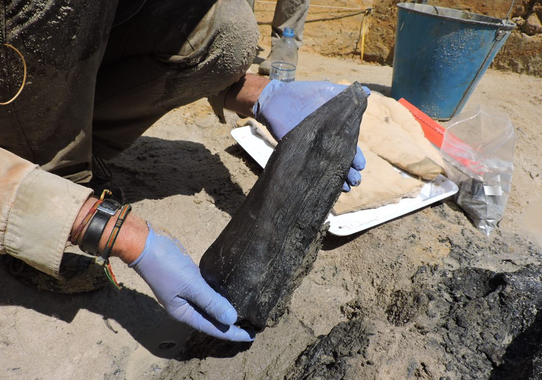
YORK, ENGLAND—According to a statement released by the University of York, a new analysis of collagen extracted from Viking hair combs by researchers from the University of York, University of Stockholm, the University of Barcelona, the Center for Baltic and Scandinavian Archaeology, and the Leibniz Center for Archaeology...
LIVERPOOL, ENGLAND—The Guardian reports that remains of a wooden structure built by hominins has been discovered near Zambia’s Kalambo Falls by a team of researchers led by Larry Barham of the University of Liverpool. The materials have been dated to least 476,000 years ago by team members from the University of Aberystwyth...
WILLIAMSBURG, VIRGINIA—Colonial Williamsburg archaeologists have determined that the remains of 21 or 22 men found in a historic area of the city belong to Confederate soldiers, according to a report in the Daily Press. The men likely died in a Union-operated hospital established after the Battle of Williamsburg on May 5,...
When the Romantic poet’s younger brother John died at sea, marine artefacts helped him bear the loss, research reveals...
Experts say loss of 1,500 items reveals lax cataloguing and boosts case for returning objects to countries of origin...

Campaigners to return to the courts after planned two-mile tunnel near site, blocked in 2021, is greenlit again...
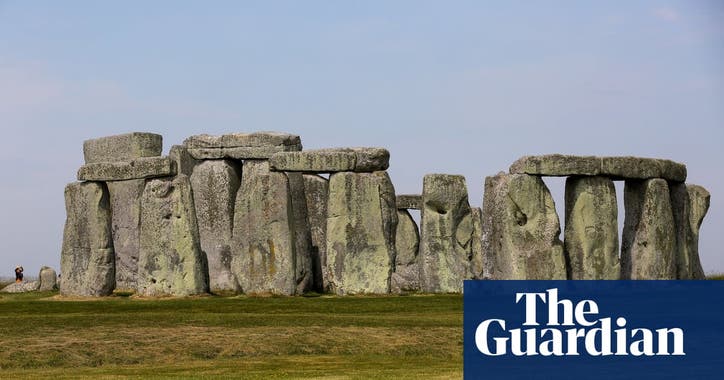
At the end of the Middle Stone Age and during the Late Stone Age, settlements in the West Estonian lowlands were more seasonal than in the neighboring areas of the island of Saaremaa and the Pärnu Bay catchment area, indicates the study conducted by Kristjan Sander who defended his doctoral thesis at Tallinn University’s...

Prisons are places of suffering. But in theory, they aim for something beyond punishment: reform....
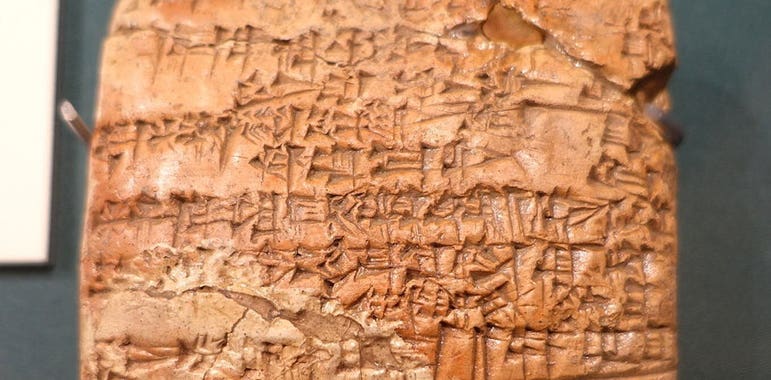
Skeletons of two red deer dating to the Bronze Age were unearthed in an ancient pit during work to build a new water grid across the East of England, according to a statement released by Anglian Water. The deer bones, which were buried more than 4,000 years ago, bear no signs of butchery. Alongside the remains, archaeologists...
If you are an anthropologist or just someone who loves archaeology we are currently looking for mods to help grow c/archaeology! Please comment below if you are interested.
A research team led by Prof. Yang Yuzhang from the University of Science and Technology of China (USTC) of the Chinese Academy of Sciences (CAS) investigated the human subsistence strategy evolution of agricultural structure during the Yangshao culture period (ca. 6400-5300 cal. BP) at Changge Shigu, a representative prehistoric...
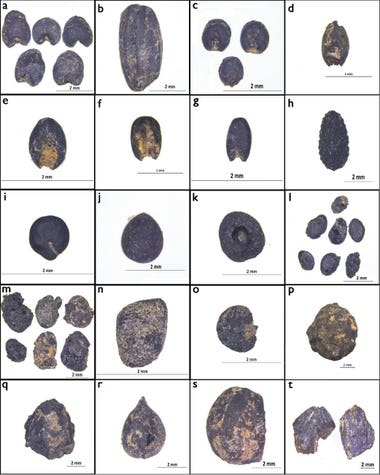
According to a report in The Guardian, archaeologists working at the site of Ostia Antica about 20 miles from Rome have uncovered fragments of marble slabs called fasti recording official events that took place in A.D. 128 during the reign of the emperor Hadrian (reigned A.D. 117–138). One of the dates mentioned is January...
According to a SWI report, researchers have discovered the remnants of Roman walls in the foothills of the Alps while excavating a gravel pit in present-day Cham, a municipality in central Switzerland’s canton Zug. Constructed some 2,000 years ago, the walls once surrounded a series of Roman buildings. The excavation also...
An international team of anthropologists, archaeologists and geneticists has learned more about the migration patterns of people living around the Mediterranean Sea during the Iron and Bronze ages. In their study, reported in the journal Nature Ecology & Evolution, the group conducted genetic sequencing on the remains of 30...

Archaeologists have long been drawing conclusions about how ancient tools were used by the people who crafted them based on written records and context clues. But with dietary practices, they have had to make assumptions about what was eaten and how it was prepared.
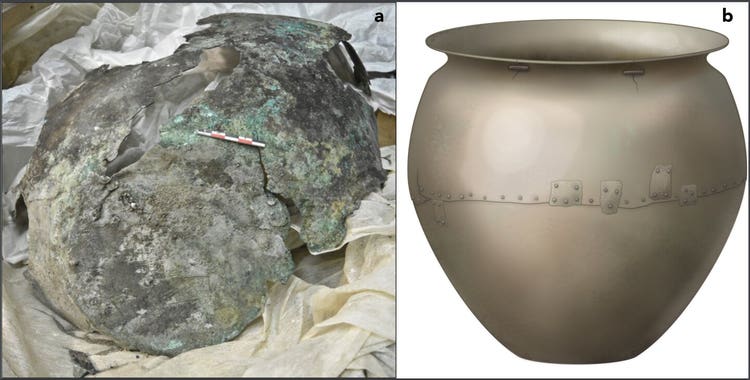
A new study led by archaeologist Michelle Bebber, Ph.D., an assistant professor in Kent State University’s Department of Anthropology, has demonstrated that the atlatl (i.e., spear thrower) functions as an “equalizer,” a finding which supports women’s potential active role as prehistoric hunters.
